Supply Chain Benchmarking for Packaging
Supply chain benchmarking for packaging is essential for companies to improve efficiency and sustainability in their supply chain processes by analyzing key metrics, identifying areas for improvement, and implementing best practices to reduce costs, minimize waste, and improve environmental impact.
Supply Chain Benchmarking for Packaging
Supply Chain Benchmarking for Packaging: Enhancing Efficiency and Sustainability
In today's competitive market, it is crucial for companies to continuously evaluate and improve their supply chain processes in order to stay ahead of the curve. One area that is often overlooked but can have a significant impact on overall efficiency and sustainability is packaging.
Packaging plays a critical role in the supply chain, from protecting products during transportation to enhancing brand visibility on store shelves. However, inefficient packaging practices can lead to increased costs, wasted materials, and negative environmental impacts.
This is where supply chain benchmarking for packaging comes into play. By comparing your packaging processes and performance against industry best practices and key performance indicators, you can identify areas for improvement and implement strategies to enhance efficiency and sustainability.
Some key metrics to consider when benchmarking your packaging supply chain include packaging material usage, transportation costs, packaging waste generation, and carbon footprint. By analyzing these metrics and comparing them to industry benchmarks, you can identify opportunities to reduce costs, minimize waste, and lower your environmental impact.
In addition to cost savings and environmental benefits, optimizing your packaging supply chain can also lead to improved customer satisfaction and brand reputation. By using sustainable packaging materials, reducing packaging waste, and optimizing transportation routes, you can demonstrate your commitment to environmental stewardship and attract environmentally-conscious consumers.
In conclusion, supply chain benchmarking for packaging is a valuable tool for companies looking to enhance efficiency and sustainability in their supply chain processes. By analyzing key metrics, identifying areas for improvement, and implementing best practices, companies can reduce costs, minimize waste, and improve their overall environmental impact.
Maximizing Efficiency and Sustainability Through Supply Chain Benchmarking for Packaging
In today's competitive market, maximizing efficiency and sustainability in packaging design is crucial for large corporations looking to stay ahead of the curve. One effective strategy that companies can implement is supply chain benchmarking for packaging.
Supply chain benchmarking involves analyzing and comparing key performance indicators within the packaging process to identify areas for improvement. By benchmarking against industry standards and best practices, companies can optimize their packaging design to reduce waste, minimize costs, and enhance sustainability.
Efficiency in packaging design can be achieved through various means, such as reducing material usage, streamlining production processes, and implementing innovative technologies. By benchmarking their supply chain, companies can identify opportunities for improvement and implement strategies to maximize efficiency in their packaging design.
Sustainability is also a key consideration in packaging design, as consumers are increasingly demanding eco-friendly and recyclable packaging options. By benchmarking their supply chain for packaging, companies can identify ways to reduce their environmental impact, such as using sustainable materials, optimizing packaging sizes to reduce waste, and implementing recycling programs.
Overall, supply chain benchmarking for packaging is a valuable tool for large corporations looking to enhance efficiency and sustainability in their packaging design. By analyzing key performance indicators and comparing against industry standards, companies can identify opportunities for improvement and implement strategies to stay ahead of the competition.
Maximizing Efficiency and Sustainability in Packaging Design: The Benefits of Supply Chain Benchmarking
In today's competitive market, maximizing efficiency and sustainability in packaging design is crucial for large companies looking to stay ahead of the curve. One effective strategy that can help achieve this goal is supply chain benchmarking.
Supply chain benchmarking involves comparing a company's packaging processes and practices with those of industry leaders to identify areas for improvement. By analyzing key performance indicators such as material usage, transportation costs, and waste generation, companies can pinpoint inefficiencies and implement targeted solutions to enhance their packaging design.
The benefits of supply chain benchmarking in packaging design are numerous. Not only does it allow companies to reduce costs and increase operational efficiency, but it also helps them minimize their environmental impact by optimizing resource utilization and reducing waste. By adopting best practices from top-performing companies, organizations can create packaging solutions that are both cost-effective and sustainable.
Furthermore, supply chain benchmarking can drive innovation in packaging design by inspiring companies to think outside the box and explore new materials, technologies, and processes. By staying informed about industry trends and best practices, companies can continuously improve their packaging design to meet the evolving needs of consumers and the environment.
In conclusion, supply chain benchmarking is a valuable tool for large companies looking to maximize efficiency and sustainability in their packaging design. By leveraging insights from industry leaders and implementing targeted improvements, companies can enhance their competitive edge, reduce costs, and minimize their environmental footprint. Embracing supply chain benchmarking as a core strategy in packaging design can lead to long-term success and growth for businesses in today's dynamic market.




